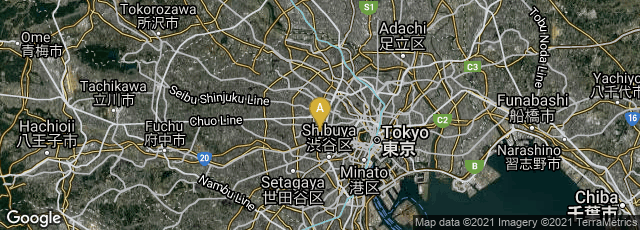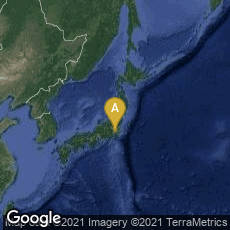

A: 8, 2-chōme, Nishishinjuku, Shinjuku City, Tōkyō-to, Japan
In 1774 Sugita Genpaku and colleagues published Kaitai Shinsho (解体新書 Kyūjitai: 解體新書; Anatomical Tables) in Tokyo. This translation into Japanese of Johann Adam Kulmus's Dutch text on anatomy, Ontleedkundige Tafelen, was the first work on Western medicine or science published in Japanese.
As the first translation into Japanese of a Western medical text,
"Kaitai Shinsho represented the beginning of two epoch-making developments. First and most directly Gempaku's work set in motion the modern transformation of Japanese medicine, revealing not only many anatomical structures hitherto unknown in traditional [Japanese] medicine, but also and more fundamentally introducing the very notion of an anatomical approach to the body--the idea of visual inspection in dissection as the primary and most essential way of understanding the nature of the human body. Second and more generally, Kaitai Shinsho inspired the rise of Dutch studies (Rangaku) in Japan, thus giving birth to one of the most decisive influences shaping modern Japanese history, namely the study of Western languages and science" (S. Kuriyama, " Between Mind and Eye: Japanese Anatomy in the Eighteenth Century," IN: Leslie & Young [eds.] Paths to Asian Medical Knowledge [1992] 21).
Kaitai Shinsho was drawn largely from Gerard Dieten's 1773 Dutch translation of Johann Adam Kulmus's Anatomische Tabellen (1731) although its Western-style title-age was copied from Valverde's Vivae imagines partium porporis (1566), and the last four anatomical woodcuts were taken from the 1690 Dutch edition of Bidloo's anatomy. According to Genpaku, the instigator and primary editor of the book, the inspiration for Kaitai Shinsho came in 1771 when he and two other students of Dutch medicine bribed an executioner to let them see the dismembered body of a criminal. The three compared what they saw to the anatomical illustrations in Kulmus's book, and, struck by the accuracy of the European representations, determined to prepare a Japanese edition of Kulmus's anatomy. Completed in just two years, the book was a sensation on publication, selling out almost immediately and going through numerous editions in the eighteenth and early nineteenth centuries.
After publication of Kaitai Shinsho Genpaku continued to help advance Western knowledge in Japan. In 1815 he published a chronicle of these advances entitled Rangaku Kotohajime (The Dawn of Western Science in Japan).
♦ In February 2014 the images from Kaitai Shinsho were available from the website of the National Library of Medicine at this link.
Hook & Norman, The Haskell F. Norman Library of Science and Medicine (1991) No. 1196.
J. Norman, Anatomy as Art: The Dean Edell Collection, NY: Christie's, 5 October 2007, No. 106.